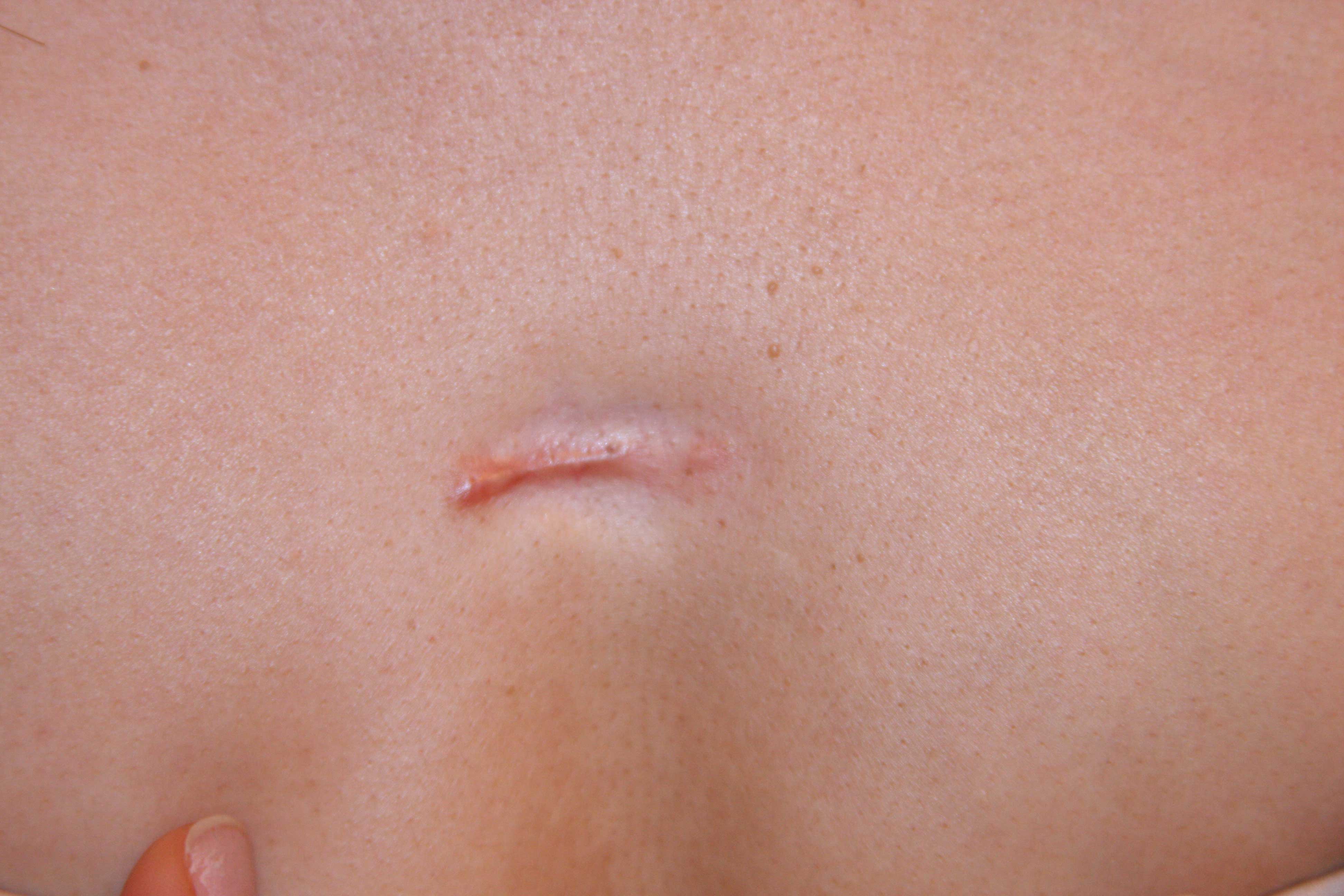Intra-Lesional Steroid Injections:
Injecting steroids directly inside the keloid tissue, known as an intra-lesional injection, is a commonly used method for treating small keloids. This treatment however is only partially effective. Triamcinolone acetonide is the most commonly steroid that is used for this purpose.
Steroid injections are not as effective as we would like them to be and can also be harmful in some situations. Dr. Tirgan has researched and published on the efficacy of steroid injections. The treatment was found to be effective only in one third of cases, but most importantly the treatment was found to lead to worsening of keloids in 17.3% of patients. Click here to download this publication.
Keloid lesions are either Steroid-Sensitive and respond to this treatment or Steroid-Resistant. In treating Steroid-Sensitive Keloids, the lowest doses of steroids will induce a response. On the other hand, in Steroid-Resistant Keloids, even the highest doses of steroids will NOT induce a response. However, when high doses of steroids are injected into the keloids, the treatment will for sure contribute to adverse effects. There is a direct relationship between the dose of steroids and the resultant side effects.
Repeated steroid injections, especially with high doses will often cause skin atrophy (loss of normal skin tissue) and discoloration and loss of normal skin pigments. The image below is an example of skin atrophy in the chest area from repeated steroid injections. Also note that this linear keloid has not responded to the treatment.

Skin Atrophy from Steroid injection
Another issue with the usage of intra-lesional steroids is the size, length and thickness of the needle that is used to inject the keloid lesions. Some physicians falsely believe that a large and thick needle should be used to inject large keloid lesions. This belief comes from the fact that injecting into an old and dense keloid lesion is a rather difficult task.
In injecting keloids, the smaller and thinner the needle is, the less damage it causes to the keloid tissue. Dr. Tirgan only uses the smallest and thinnest needles, those that are used to inject insulin under the skin. With this method, Dr. Tirgan is able to inject any keloid.
The very dense and thick keloids are hard to inject and often do not respond to steroid injections, and should not be treated in this manner. Very large and dense keloid lesions are best treated with cryotherapy.
Last but not the least is the expertise of the physician who injects keloid lesions. An unfortunate fact these days is that the task of injecting keloid lesions in busy dermatology practices is often delegated to non-physicians. As such, a non-physician is put in charge of deciding:
- the dosage of steroids,
- the volume of steroid that is injected,
- the size of the needle used t inject,
- choosing where and what to inject.
This practice is obviously less than satisfactory.
To learn more about Intra-lesional steroids, you can download the comprehensive reviews and treatment guidelines for usage of steroids that was authored by Dr. Tirgan. Below is a video that demonstrates how Dr. Tirgan injects steroids.
